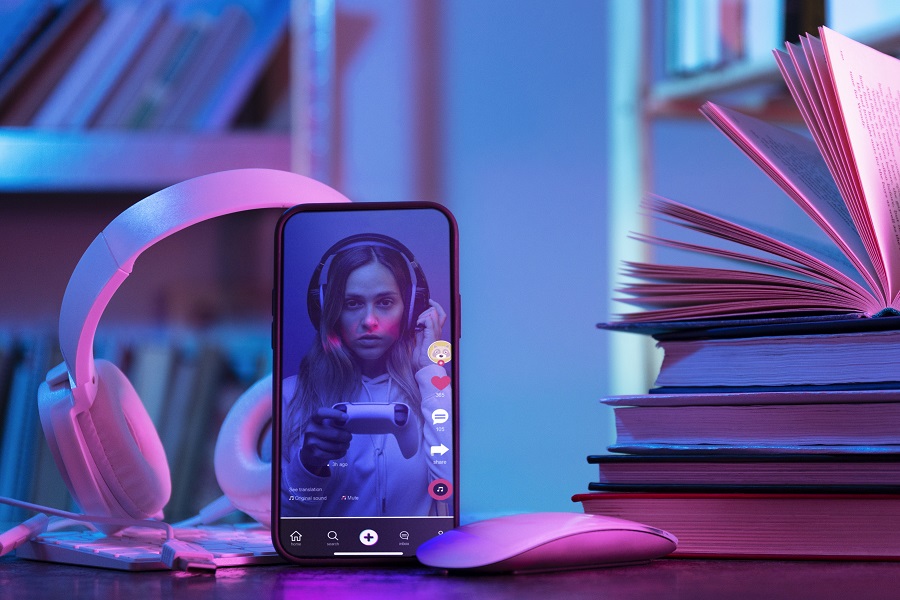Unlocking UGC at scale with AI personas: transforming content automation and influencer marketing

Scaling up user-generated content with artificial intelligence has opened exciting new frontiers for brands, agencies, and digital strategists. The era when brands relied solely on real customers or professional creators for every social post is rapidly changing. Now, AI personas, synthetic influencers, and ai avatars are reshaping the landscape, making scalability and personalization at scale accessible to every marketing team.
Understanding the promise of AI personas in UGC
AI personas have expanded the boundaries of what user-generated content can accomplish. By simulating real individuals with distinct tones, interests, and backgrounds, these digital personalities empower organizations to scale campaigns across multiple platforms. AI-generated UGC enables the production of large volumes of engaging, customized content without the delays of creator outreach or manual production.
Those looking to implement these technologies in their workflow can learn more about their potential applications. What truly sets these AI-driven personalities apart is their adaptability. They can follow brand guidelines, segment audiences, and even adjust for regional cultural nuances in real time. For brands aiming to stay active across diverse markets or keep their feeds consistently fresh, AI personas offer a flexible solution for creator management. When used thoughtfully, they help teams maintain both quality and authenticity while delivering content at unprecedented speeds.
Key benefits of scaling UGC with artificial intelligence
Transitioning to ai-generated ugc brings several advantages that traditional methods cannot easily match. With a strategic approach, these benefits can become core strengths for any brand or agency.
For those seeking to reach new audiences or enhance community engagement, leveraging synthetic influencers accelerates these goals. The use of ai avatars ensures 24/7 activity, the ability to target micro-audiences, and instant adaptation to market trends—all while being more cost-effective than ever before.
Cost-effectiveness and efficiency gains
Traditional UGC curation often involves lengthy influencer negotiations, complex contracts, and ongoing communication—rarely a scalable or cost-effective process. In contrast, AI-driven content automation streamlines these steps, dramatically lowering operational costs and reducing campaign turnaround times. This efficiency allows teams to redirect resources toward higher-impact initiatives, maximizing marketing budgets.
For smaller marketing teams or startups, launching campaigns with synthetic creators levels the playing field with larger competitors. This approach lets even limited budgets go further without compromising on content quality or consistency.
Personalization at scale and better audience targeting
With AI, organizations can deliver highly personalized campaigns without expanding their teams. AI personas customize messaging based on demographic insights, behavioral triggers, and even current sentiment—creating posts that resonate with each audience segment. This degree of personalization at scale consistently drives stronger engagement compared to generic messaging.
The scalability shines during seasonal promotions or major product launches. Instead of relying on broad announcements, brands can deploy tailored voices for niche communities, boosting brand sentiment and nurturing loyalty among diverse audiences.
Creator management: differences between human and AI-created UGC
The conversation around human vs ai creators extends beyond cost or speed. Brands weighing user-generated campaigns must consider authenticity, sustainability, and unique risks with each approach. Human creators bring genuine experiences and emotional nuance, while AI personas offer unparalleled control, scalability, and consistency.
For instance, a campaign built exclusively on traditional influencers may build higher initial trust among their followers but can be challenging to repeat at scale due to scheduling or budget limits. On the other hand, ai-generated ugc created by advanced ai avatars keeps content streams active around the clock, instantly adapting to feedback or emerging trends—eliminating the need for constant negotiations.
- Do utilize ai personas when speed and content volume are top priorities over deep personal storytelling.
- Don’t overlook the importance of human involvement in sensitive campaigns or those requiring authentic human experience.
- Do combine synthetic influencers with real creators for optimal flexibility and reach.
- Don’t allow feeds to become dominated by robotic messaging; ensure ai avatars sound natural and adjust language as needed.
Common pitfalls and best practices for AI-powered content automation
Blending automated and human-generated contributions may seem straightforward, but execution is crucial. Navigating this transition calls for clear strategies to avoid pitfalls like sounding too scripted or losing brand consistency.
Maintaining regular human review is essential. While automation manages much of the workflow, periodic checks safeguard authenticity and relevance. Relying solely on templates can violate platform standards or bore followers, so teams should supply creative prompts and fresh content for ai avatars to learn from.
- Always adhere to disclosure requirements when using synthetic influencers, ensuring audience transparency.
- Test content with small focus groups before full-scale deployment to identify any unnatural or off-putting elements.
- Continuously update training data for ai avatars so tone and references remain current.
- Avoid excessive automation; incorporate real user responses to keep engagement dynamic and authentic.
Impact on influencer marketing and future outlook
As technology advances, the interplay between human voices and machine-generated content is set to define the next wave of influencer marketing. Many agencies and brands are already experimenting with hybrid models—pairing leading creators with networks of ai personas for greater impact. This approach not only broadens reach but also reduces activation time during key events or launches.
The rise of ai-generated ugc does not diminish the value of authentic endorsements from trusted individuals. Instead, it complements human efforts, allowing creative teams to focus on strategy and relationship building. Across industries from fashion to healthcare, the adoption of scalable AI-driven content is evolving from a novelty to a strategic advantage.